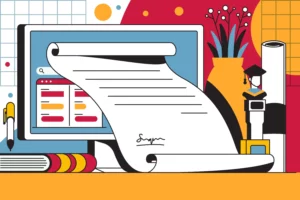Software License Agreements (SLAs) are really important in the software industry. They set the rules for how software can be used by both the company that makes it and the people who use it. SLAs do a lot of things, like protecting the company’s ideas and making clear what users can and can’t do. Both the company and the users need to know what’s in the SLA and what it means.
What is the purpose of a Software License Agreement?
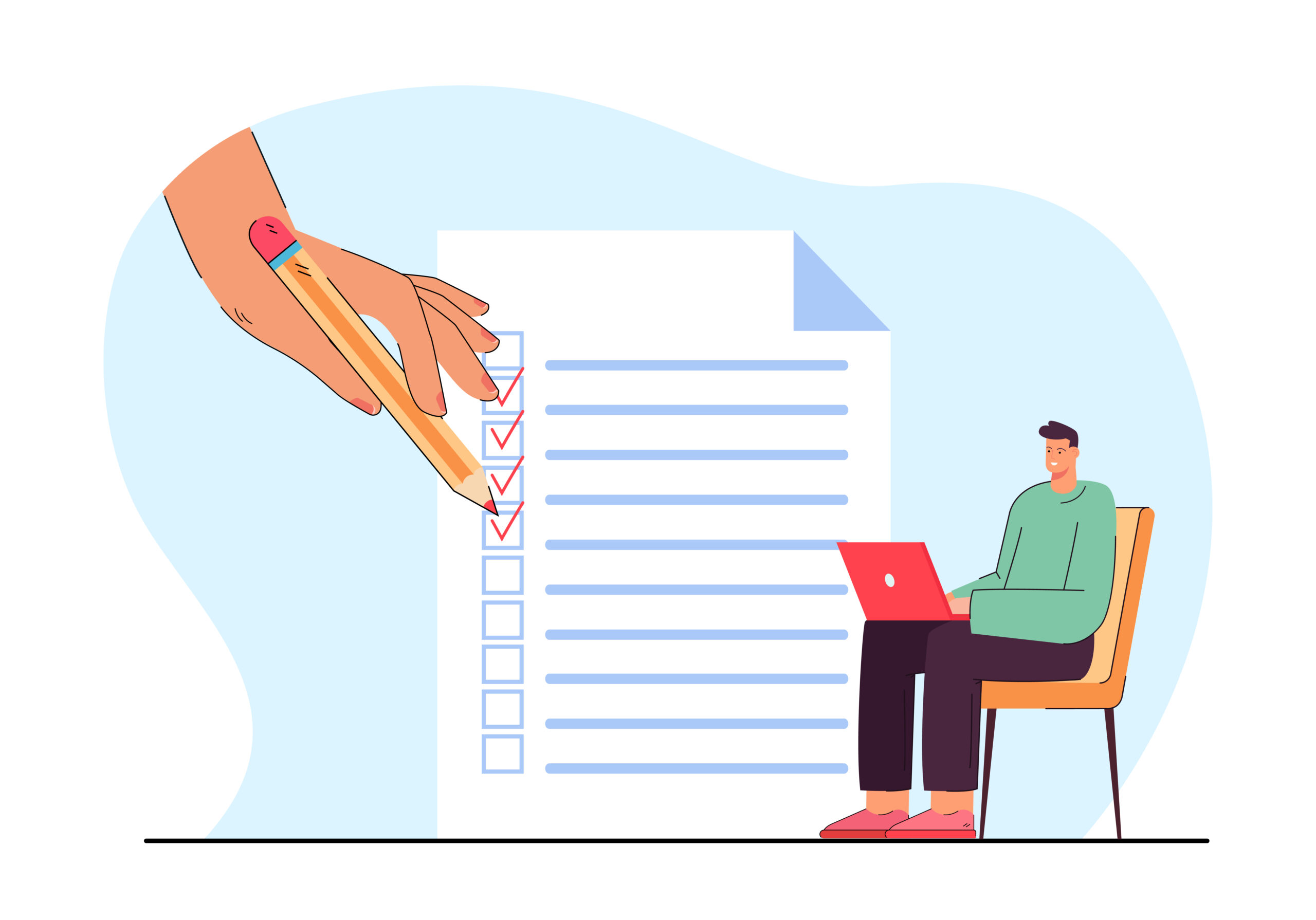
The purpose of a software license agreement is to establish the terms and conditions for the legal use of software between the software vendor (licensor) and the end-user (licensee). This agreement serves several key purposes:
- Protection of Intellectual Property: Protecting intellectual property is one of the main reasons for having a software license agreement. It specifies the ownership of the software and prevents unauthorized use, sharing, or changes without permission.
- Clarification of Rights and Responsibilities: A software license agreement makes it clear what both parties can and can’t do. It explains how the software can be used, who can use it, and in what ways. This clarity prevents misunderstandings and arguments later on.
- Mitigation of Legal Risks: A software license agreement reduces legal risks for both the vendor and the end-user by stating clear terms. It explains what happens if someone doesn’t follow the rules, like breaking the contract. It also shows how to solve any problems that come up.
- Making Business Relationships Better: A software license agreement helps the vendor and the user get along better by laying out clear rules from the start. It gives details about licensing terms, and support services which can make partnerships stronger and keep customers happy.
- Compliance with third-party licenses: Many softwares integrate third-party libraries, each with its own licensing terms. A software license agreement ensures compliance with third-party licenses by outlining the obligations associated with their use.
In simple terms, a Software License Agreement sets out the rules for using software. It’s like a contract that protects both the company that makes the software and the person or business using it. The agreement ensures that the software is used fairly and ethically.
Related Article: MSA Agreements: Your Guide To Master Service Agreement
Why do You Need a Software License Agreement?

Picture this: you’ve spent months developing a groundbreaking piece of software. It’s the culmination of hard work, innovation, and countless late nights. Now, imagine someone else swooping in, using your creation without permission, or worse, claiming it as their own.
Without a software license agreement in place, you’d be left powerless to protect your IP and ensure fair use. That’s where the importance of having a solid SLA comes into play.
- Protecting Your IP: Your software is more than just lines of code; it’s the result of your creativity, expertise, and investment. A software license agreement shields your intellectual property rights and stops unauthorized use or distribution. By clearly stating the rules, you can guard your software from piracy, copying, and other forms of misuse.
- Clarifying Rights and Responsibilities: Without a software license agreement, it’s unclear who owns the software and how it can be used. In case of a dispute, what happens? These questions can create confusion for both the software vendor and the end-user. A well-written software license agreement can address these concerns, providing clear answers and peace of mind for everyone involved.
- Mitigating Legal Risks: Using software without a license or breaking its terms can cause legal issues for businesses. They could get sued and their reputation could suffer. To prevent this, it’s important to have a software license agreement. This document sets rules for how the software can be used and what happens if those rules are broken.
- Facilitating Business Relationships: Software license agreements are important for building good relationships between software vendors and their customers. When businesses are upfront about what to expect and make licensing terms clear, it helps build trust and confidence with clients. This can lead to stronger partnerships, more repeat business, and referrals.
- Ensuring Compliance with Third-party Licenses: Nowadays, lots of software includes parts from other companies, each with its own rules about how you can use them. A software license agreement can make sure you follow these rules by explaining what you can and can’t do with these third-party parts.
Related Article: NDAs (Non-Disclosure Agreements): A Guide To Secrecy
Key Elements of a Software License Agreement:
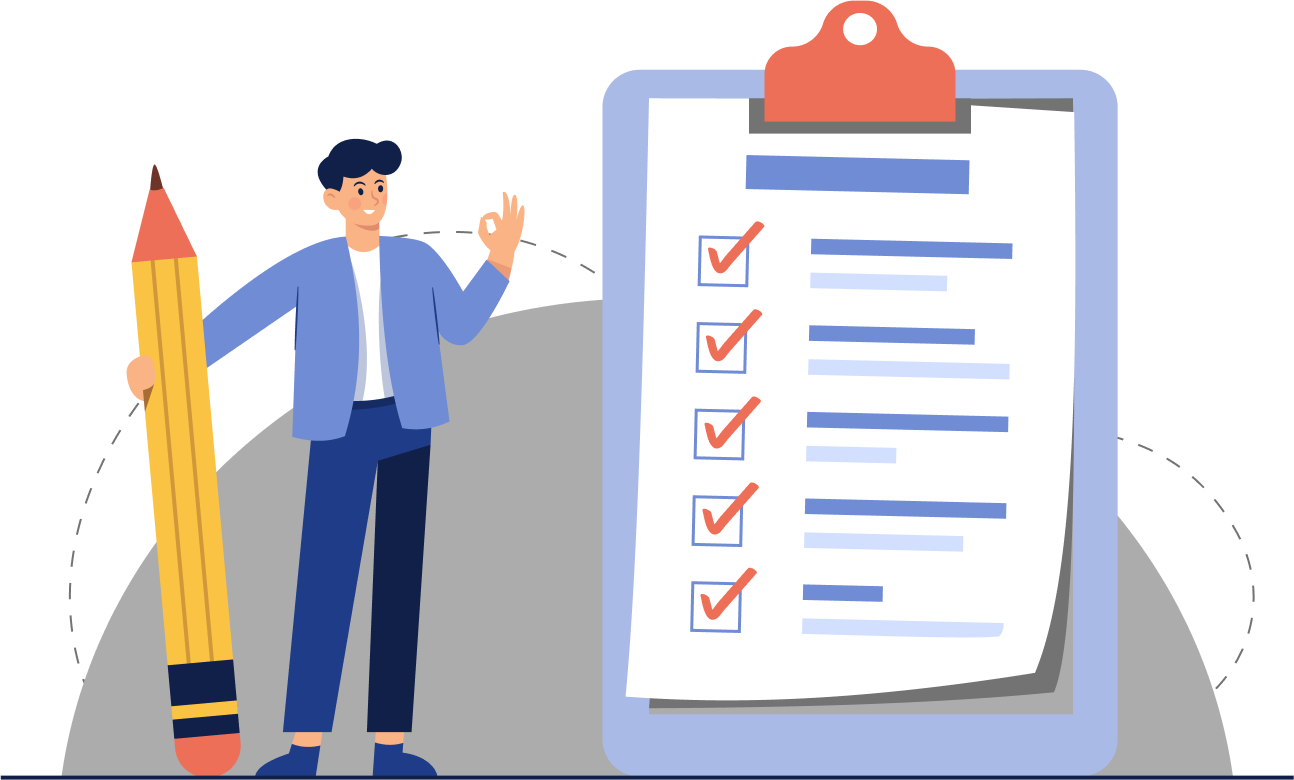
When crafting a software license agreement, it’s essential to include specific elements to ensure clarity, protection, and mutual understanding between the software vendor and the end-user. Let’s break down these key components:
- License Grant: The license grant explains what the licensee can do with the software. It includes the scope of the license, what the software can be used for, and any rules or limits. It’s like a roadmap that tells the licensee how they can use the software while following the rules set by the licensor.
- License Fees and Payment Terms: This section outlines the financial aspects of the agreement, including fees, how payments will be made, how often invoices will be sent, and any penalties for late payments. It’s like agreeing on how much money needs to be paid before starting a journey, making sure both parties know what they need to pay and when.
- Term and Termination: This section sets out terms on how long the contract lasts and when either party can end it. It includes rules for ending the contract for specific reasons or simply because it’s convenient. It’s like deciding how long the contract will last and when you can walk away from it easily. This gives both parties security and flexibility.
- Intellectual Property Rights: This clause explains who owns the software and who can use it. It gives the licensor control over the software but also gives the licensee permission to use it. It’s like deciding who owns the treasure and who can use it, so both parties know what they can and can’t do with it.
- Warranties and Disclaimers: This section outlines any promises the licensor makes about the software’s performance, functionality, or quality, while also stating that there are no implied warranties. It’s like saying what the product can do while also being honest about what it can’t. This builds trust by being transparent and setting clear expectations.
- Limitation of Liability: This part sets boundaries on the licensor’s responsibility for damages caused by using the software. It lists the damages that aren’t covered and limits how much the licensor is responsible for. It’s like a safety net that protects both parties from unexpected risks, making sure that outcomes are fair and reasonable.
- Confidentiality: This part makes sure that the software keeps sensitive information safe. It requires the licensee to follow strict rules about keeping things secret. It’s like locking a vault to protect valuable secrets, making sure that private information stays safe.
- Miscellaneous Provisions: This covers extra details like assignments, changes, waivers, and what happens if parts of the agreement aren’t valid. It’s like making sure all the little things are sorted out, so the contract is complete and clear.
Including these important parts in a Software License Agreement makes sure both sides are protected, rights are clear, and everyone knows what to expect. This helps create a good relationship that benefits both parties.
Related Article: What Is Limitation Of Liability Clause? An Effective Guide
Types of Software License Agreements
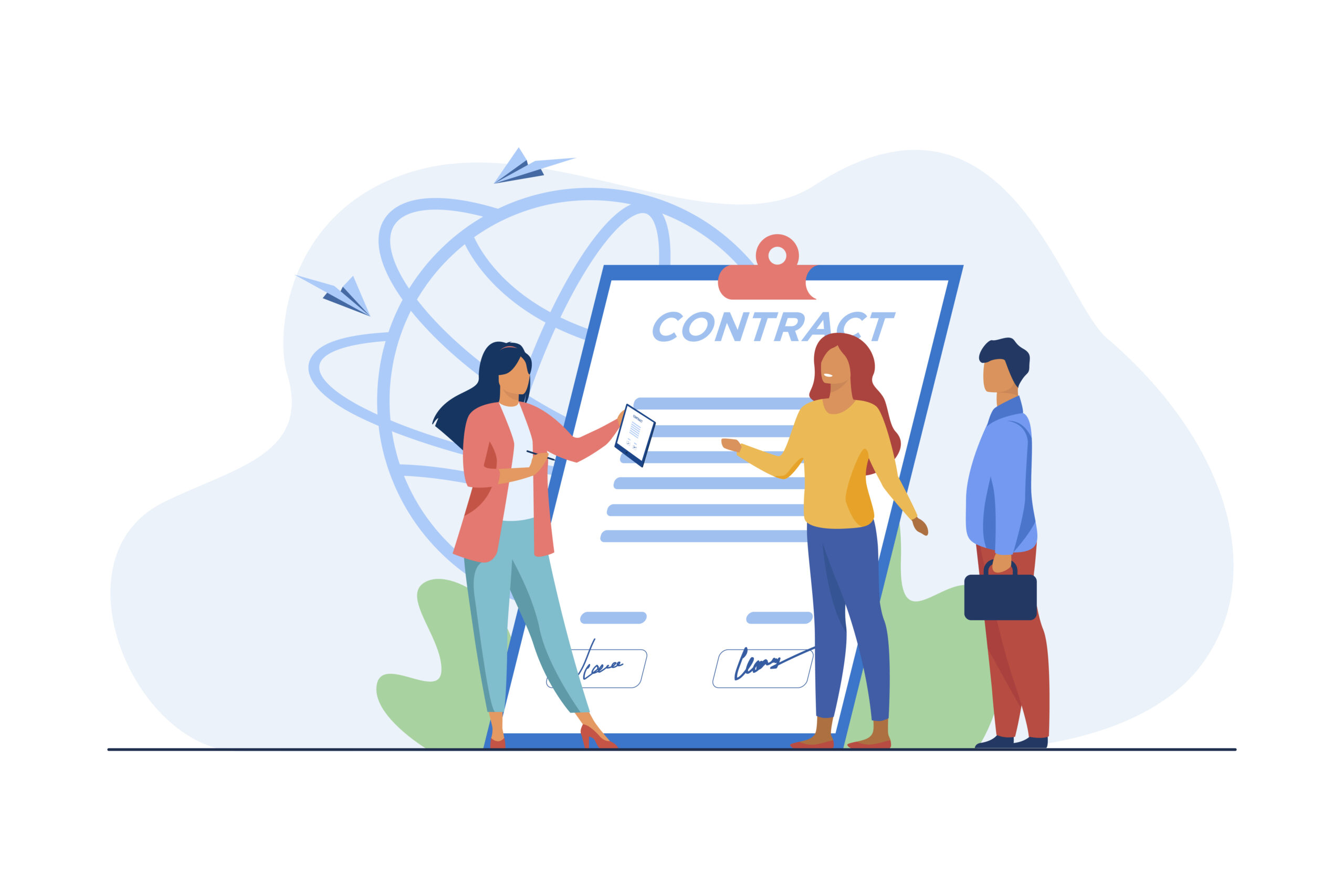
- Perpetual License: This type of license grants the user the right to use the software indefinitely after a one-time payment. It’s like owning a car outright – you have unlimited access to the software as long as you comply with the terms of the agreement.
- Subscription License: With a subscription license, users pay a recurring fee (monthly or annually) for access to the software. It’s similar to renting a car – you have access as long as you keep paying, but the ownership remains with the vendor.
- Enterprise License: Enterprise licenses are designed for large organizations, allowing them to deploy the software across multiple users or devices within the company. It’s like buying a fleet of cars for your business – you get a bulk discount for multiple users.
- Open Source License: Open source licenses allow users to access, modify, and distribute the software’s source code freely. It’s like joining a carpool – everyone contributes to the journey, and the collective effort benefits all.
Related Article: What Is Clickwrap Agreement: An Effective Guide In 2024
How do you create a Software License Agreement?
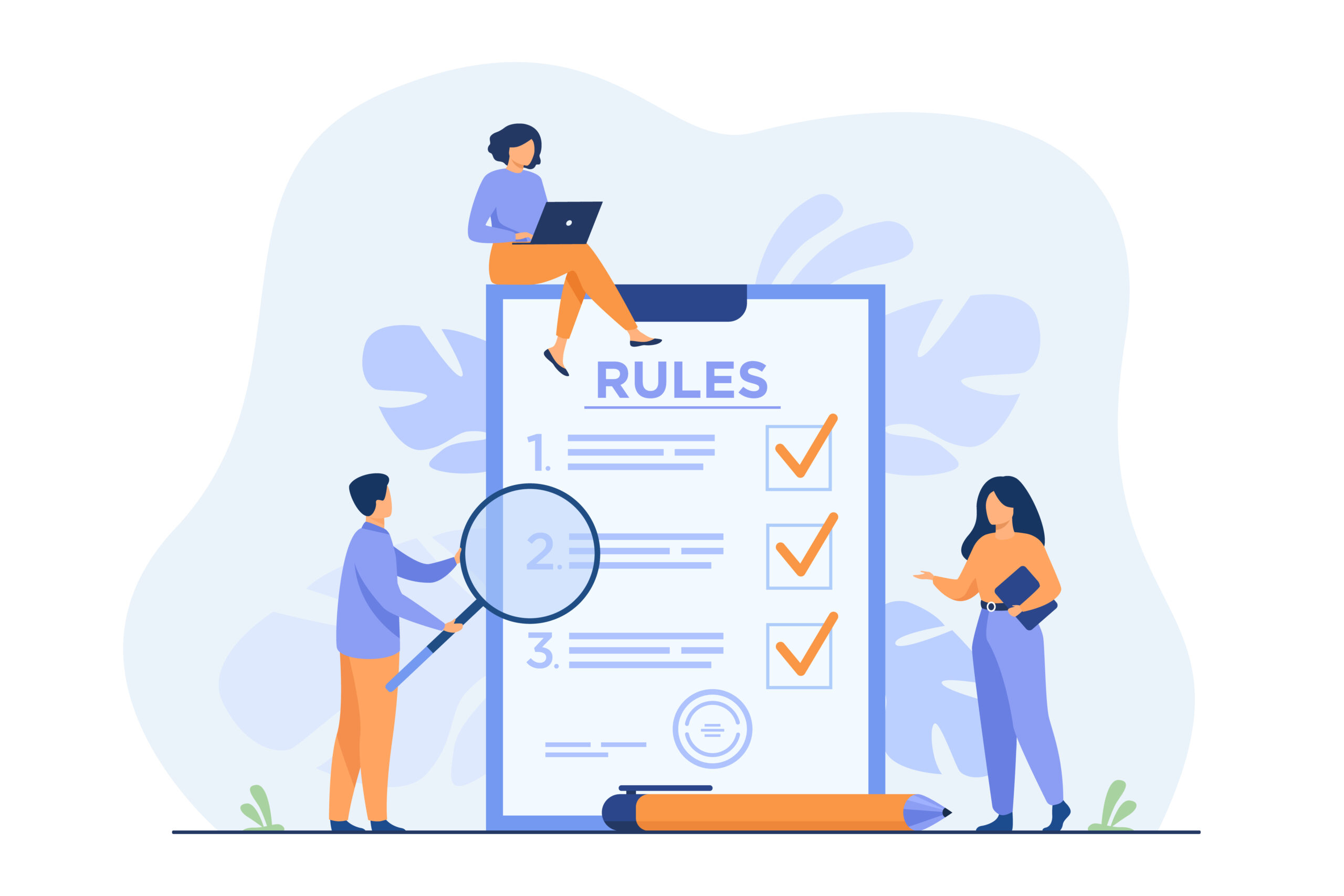
So, you’ve developed a groundbreaking piece of software, and now you want to protect your interests and ensure fair use through a software license agreement. But where do you start? Let’s break it down into manageable steps:
- Gather Information: Collect all the needed information about the parties involved – the licensor and the licensee. Also, gather details about the software, like what it does, how much it costs, when payments are due, how long the agreement lasts, and any other conditions.
- Outline Key Terms: Create a clear outline of the essential terms that will govern the use of the software. These terms may include the license grant, fees, duration, IPR, warranties, limitations of liability, confidentiality, and the governing law.
- Draft the Agreement: Using straightforward language, draft the agreement to ensure it’s clear and legally enforceable. Be sure to include provisions that prohibit reverse engineering, protect trade secrets, and address the consequences of breach of contract or copyright infringement.
- Include Necessary Clauses: Insert clauses covering warranties, limitations of liability, confidentiality, and dispute resolution to address specific concerns and protect both parties’ interests. These clauses should reflect the conditions of this agreement and the related documentation.
- Review and Revise: Carefully review and revise the agreement for accuracy and clarity, addressing any ambiguities or inconsistencies. Consider seeking legal review to ensure compliance with copyright law and other applicable laws.
- Finalize and Execute: Once reviewed, finalize the agreement and obtain signatures from both parties. Electronic signatures can streamline this process, making it easier to execute and maintain records of the agreement.
By following these steps and considering the promises and obligations of both parties, you can create a strong software license agreement that protects your rights, keeps things confidential, and gives the licensee the support they need.
Don’t forget, the agreement starts from the effective date, which is when the licensee can start using the software. Make sure to keep copies of the signed agreement and any changes for future reference. With good documentation and clear communication, you can handle software licensing confidently and without worries.
Related Article: What Is Force Majeure Clause? How Does It Work?
Limitations of Software License Agreements

While software license agreements serve as crucial tools for protecting both software vendors and end-users, they also have their limitations. Understanding these limitations is essential for ensuring that the agreement effectively meets its intended purpose and mitigates potential risks. Here are some key limitations to consider:
- Strict Liability: Despite a comprehensive SLA, the software company may still face strict liability for damages caused by their software. This means that even if the vendor took reasonable efforts to ensure the software’s quality and functionality, they may still be held liable for certain damages, such as those resulting from personal injury or property damage.
- Limited Scope of Liability: SLAs often include clauses that limit the vendor’s liability for damages, excluding certain types of damages or capping the total amount of liability. While these limitations are intended to protect the vendor, they may leave the end-user with inadequate recourse in the event of significant losses or damages.
- Lack of Control Over Third-party Components: Many software products incorporate third-party components or libraries, each with its own licensing terms. While vendors may include provisions in their SLAs to ensure compliance with these third-party licenses, they ultimately have limited control over the actions of third-party developers and the software’s behavior when integrated with these components.
- Inadequate Protection Against Copyright Infringement: While SLAs typically include clauses that address copyright infringement, they may not provide sufficient protection against unauthorized use or distribution of the software. Enforcement of copyright law can be complex and costly, especially when dealing with infringers operating in foreign jurisdictions or government agencies.
- Limited Remedies for Breach of Warranty: In the event of a breach of warranty, SLAs may only provide limited remedies for the end-user, such as repair, replacement, or refund of the software. This limitation may not fully compensate the end-user for any losses or damages resulting from the breach.
Additionally, it’s important to note that the entire agreement, including consideration of the mutual promises, is subject to the terms outlined in the legal document. This includes provisions related to proprietary rights, object code, maintenance agreements, technical support, and contact information.
Moreover, the SLA may cover confidential information, such as personal information, which must be protected according to the terms outlined in the agreement. This includes information that is considered proprietary or falls under the category of confidential information.
The agreement may also address the level of support provided by the software company, whether it’s for licensed software like Microsoft Windows or for proprietary and open-source software. However, it’s crucial to acknowledge the possibility of such errors or issues that may arise, and the limitations of the software company’s liability in such cases, particularly when dealing with software in the public domain or provided under different licensing arrangements.
Related Article: What Is Statement Of Work (SOW)? A Comprehensive Guide
Managing Software License Agreements with a CLM

To effectively manage software license agreements and mitigate the risks associated with them, many organizations turn to Contract Lifecycle Management (CLM) software. CLM platforms like Volody provide a centralized platform for creating, managing, and monitoring SLAs throughout their lifecycle. Here’s how Volody’s AI CLM Software can help:
- Centralized Repository: Allows organizations to store all their SLAs in a centralized repository, making it easy to access, review, and track the terms and conditions of each agreement. This ensures that all stakeholders have access to the most up-to-date information and reduces the risk of errors or inconsistencies.
- Automated Workflows: Streamline the contract management process by automating workflows for tasks such as contract creation, approval, and renewal. This saves time and reduces the likelihood of human error, ensuring that SLAs are executed efficiently and in compliance with license terms.
- Integration with Other Systems: Volody’s contract management software can integrate with other systems, such as ERP or CRM systems, to provide a holistic view of the organization’s software usage and licensing requirements. This integration ensures that all departments have access to the information they need to make informed decisions about software procurement and usage.
- Reporting and Analytics: CLM provides robust reporting and analytics capabilities, allowing organizations to gain insights into their software licensing landscape. This includes tracking spending, identifying opportunities for cost savings, and optimizing license utilization to maximize ROI.
By leveraging Volody’s CLM software to manage software license agreements, organizations can ensure compliance with license terms, mitigate risks, and optimize their software investments. With a comprehensive CLM solution, organizations can effectively navigate the complexities of software licensing and maintain control over their software assets.
Related Article: Contract Management Software Free Trial: Try AI CLM Software
Frequently Asked Questions
1. What is a Software License Agreement?
A Software License Agreement (SLA) is a legal contract between a software vendor (licensor) and an end-user (licensee) that establishes the terms and conditions for the legal use of the software. It outlines rights, responsibilities, and limitations for both parties.
2. Why are Software License Agreements important?
Software License Agreements are really important for protecting intellectual property, explaining how software can be used, reducing legal risks, building good relationships with customers, and following third-party rules. They set rules for using software fairly and ethically.
3. What are the key elements of a Software License Agreement?
Key elements of a Software License Agreement include the license grant (defining usage rights), fees and payment terms, term and termination, intellectual property rights, warranties and disclaimers, limitation of liability, confidentiality, and miscellaneous provisions. These elements ensure clarity and protection for both parties.
4. What are the types of Software License Agreements?
There are several types of Software License Agreements, including Perpetual License (one-time payment for indefinite use), Subscription License (recurring fee for access), Enterprise License (for large organizations), and Open Source License (allowing free access and modification of source code).
5. How do you create a Software License Agreement?
To make a Software License Agreement, first, get information about the parties involved and the software. Then, list important details like what the license covers, any fees, how long it lasts, and any promises about the software’s quality. Write the agreement using simple language, including all the important parts, and check it carefully for mistakes. Both parties should sign it, and using electronic signatures can make this process easier.
Conclusion
In conclusion, Software License Agreements are crucial in the software industry. They offer legal protection, clarity, and structure for both software vendors and users. By including important elements like license grants, fees, warranties, and limitations of liability, and by using CLM solutions, organizations can efficiently manage their software assets and reduce risks related to software licensing.
With clear communication and sticking to the terms of the agreement, businesses can build positive relationships with their customers while protecting their IPR.




